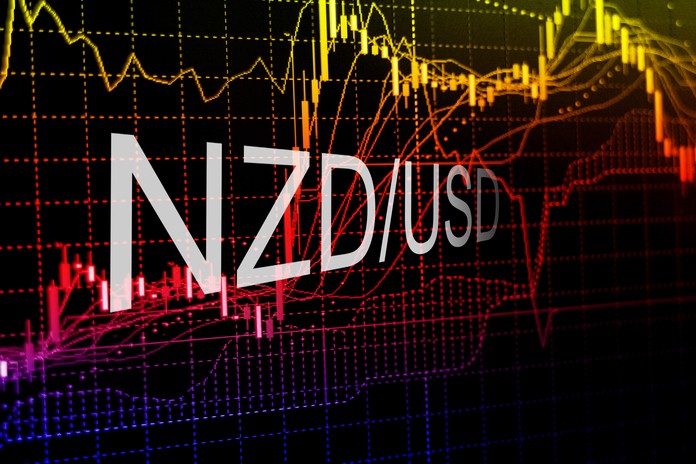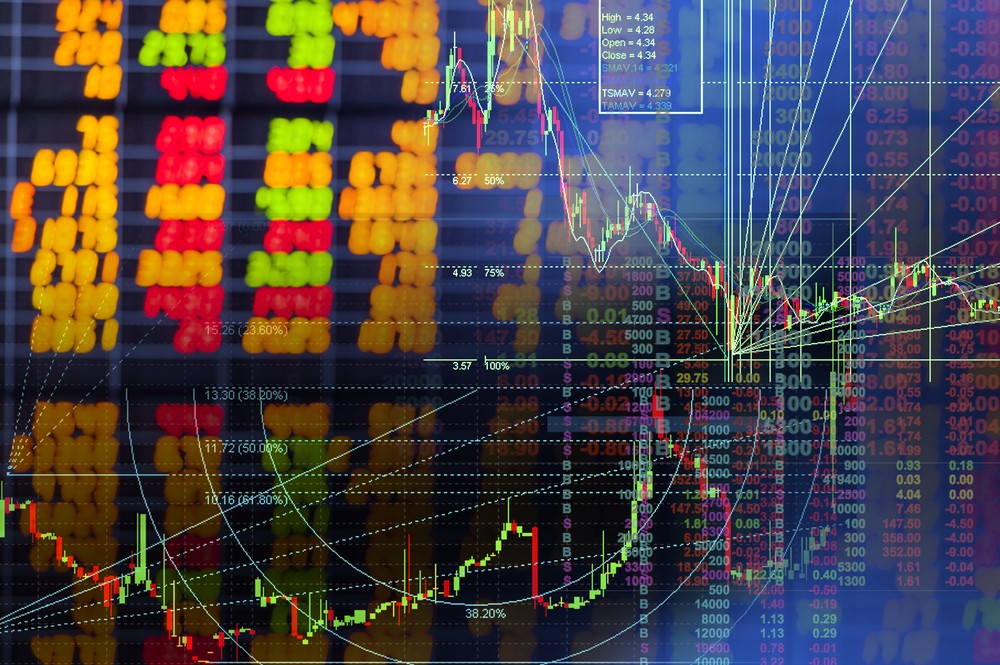The U.S. dollar wavered as coronavirus infections rose in America. So far, Texas has seen one of the biggest jumps in new cases. The governor of Texas halted the state’s reopening on Thursday as hospitalizations increased.
The greenback slid by 0.1% to 97.251 against a basket of other currencies. Meanwhile, the Australian dollar remained stuck in its $0.68-0.70 range in the past couple of weeks. It traded at $0.6888 on Friday.
The New Zealand dollar climbed up as recent data prompted investors to add risk positions, despite a rise in infection rates. According to Tatsuya Chiba, the forex manager at Mitsubishi Trust Bank, stock prices remained supported thus far.
However, Chiba doubts that they can retain the current high valuations when more earnings results come in next month. Risk currencies could easily slip again against the Japanese yen.
What about the Euro?
The euro soared on Friday. The European Central Bank reaffirmed its dovish stance on its policy meeting. As a result, the struggling euro surged forward again.
The euro has increased by 0.1% to $1.12395 against the greenback so far. There had been a big turnaround on the euro’s sentiment in the last 4-6 weeks – stated Chris Turner, ING’s global head of markets. According to him, this could be very supportive for the currency depending on the progress on the EU recovery fund.
The Central Bank had to deal with the biggest economic contraction in a few generations this June. The ECB policymakers extended emergency bond purchases until mid-202. The Bank also increased them by 600 billion euros to 1.35 trillion euros to help member states finance their pandemic response.
Policymakers had also debated increases of 500 billion to 750 billion euros. An extension of the bond-purchase plans and reinvestment programs may last to the end of the year, benefitting the euro along the way.









COMMENTS